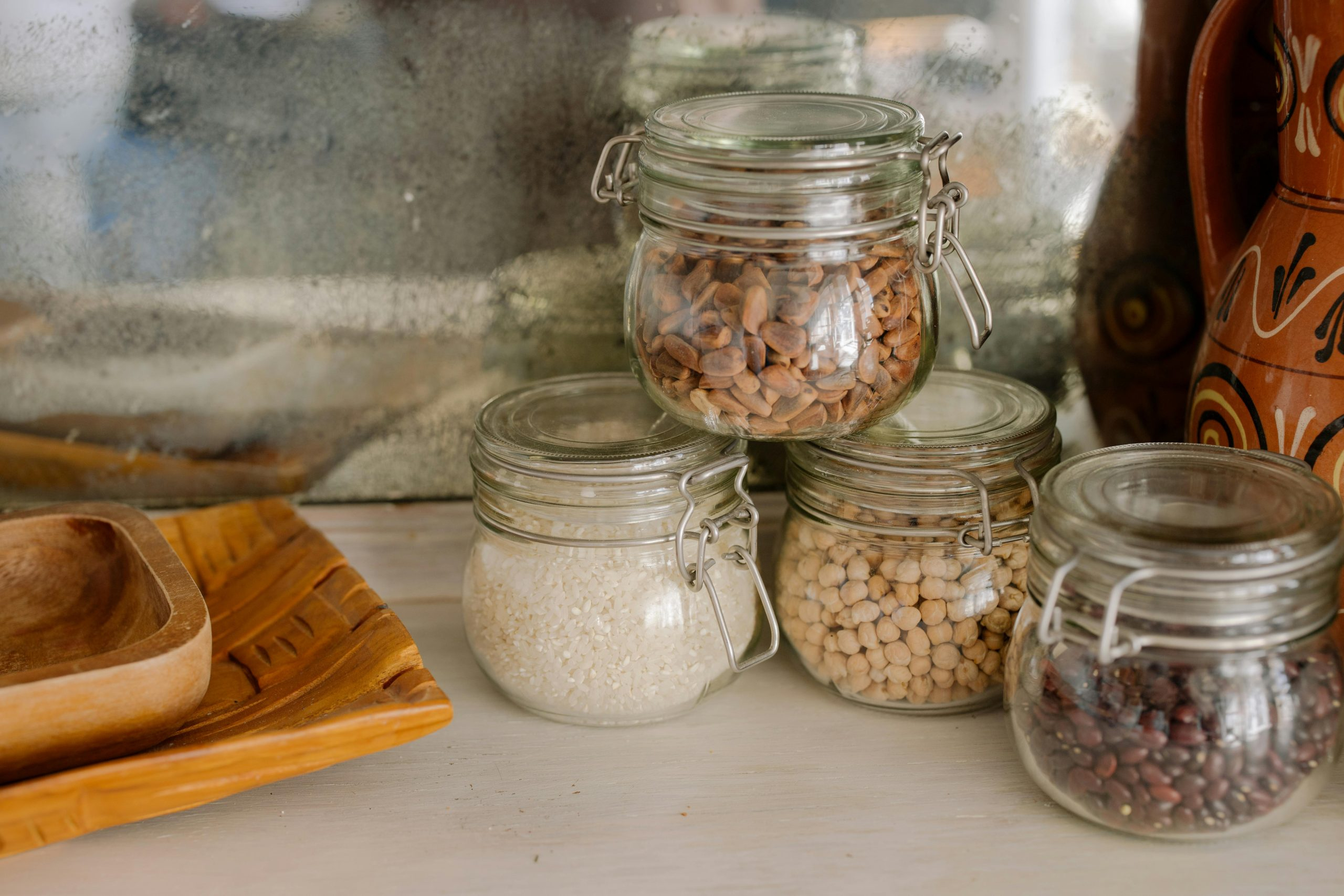Food Waste Reduction: Creative Ways to Use Every Ingredient
Are you tired of throwing away food at the end of the week? Do you feel guilty for wasting ingredients that could have been used in other dishes? You’re not alone. Food waste is a major problem in our world today, with millions of tons of food being thrown away each year. Not only is this a waste of money, but it also has a negative effect on the environment. Fortunately, there are creative ways to use every ingredient and reduce food waste. In this article, we will explore some of the best tips and tricks for reducing food waste in your kitchen.
The Impact of Food Waste
Before we delve into the creative ways to use every ingredient, let’s take a moment to understand the impact of food waste. According to the United Nations, a whopping one-third of all food produced in the world is wasted. This amounts to approximately 1.3 billion tonnes of food each year. Aside from the moral implications of wasting food when millions of people around the world go hungry, food waste also has a significant impact on the environment.
Food waste that ends up in landfills produces methane gas, a potent greenhouse gas that contributes to climate change. The production of uneaten food also results in unnecessary carbon emissions, contributing to air pollution and further exacerbating the effects of climate change. By reducing food waste, we can all play a part in mitigating these environmental issues.
Plan Your Meals
One of the main reasons for food waste is improper meal planning. Many people buy ingredients without a specific recipe in mind and end up not using them. To avoid this, take the time to plan your meals for the week ahead. This will not only save you time and money, but it will also help you to use up all of your ingredients efficiently.
Start by making a list of ingredients you already have at home and plan your meals around them. This will ensure that you use up all your ingredients before they go bad. You can also plan to use similar ingredients in multiple dishes to minimize waste.
Get Creative with Leftovers
Another common source of food waste is leftovers. Instead of throwing them away, get creative and turn them into a whole new dish. For example, leftover chicken can be used to make a hearty chicken noodle soup or a delicious chicken stir-fry. Stale bread can also be transformed into breadcrumbs or used in a flavorful bread pudding.
Get creative with your leftovers and try out new recipes to use up all of your ingredients. You’ll be surprised at how many delicious dishes you can create with just a little bit of imagination.
Use the Whole Vegetable
When cooking with vegetables, we often tend to throw away parts that we think are inedible. The truth is, many parts of vegetables that we often throw away are not only edible, but they also pack a lot of nutrients. For example, the greens of carrots, radishes, and beets are all edible and can be used in salads or cooked as a side dish. Broccoli and cauliflower stalks can also be chopped up and used in stir-fries or soups.
Additionally, vegetable scraps such as onion skins, carrot tops, and celery leaves can be used to make a flavorful broth. Save these scraps in a bag in your freezer and use them to make homemade broth whenever you need it.
Preserve Your Produce
If you find yourself with an abundance of fruits or vegetables that are about to go bad, don’t throw them away. Instead, preserve them by freezing, canning, or pickling. Fruit that is starting to go bad can be turned into delicious jams, and vegetables can be pickled and used in salads or sandwiches.
By preserving your produce, you not only reduce food waste but also have delicious homemade items to enjoy throughout the year.
Donate Excess Food
Finally, if you have excess food that you know you won’t be able to use, consider donating it to those in need. Many charities and food banks accept donations of non-perishable food items and produce. This not only reduces food waste but also helps those who are struggling to put food on their tables.
In conclusion,
Food waste reduction is a responsibility that falls on all of us. By following these creative ways to use every ingredient, we can help reduce the amount of food that ends up in landfills and have a positive impact on the environment. So, next time you’re cooking, remember to plan your meals, get creative with leftovers, use the whole vegetable, and preserve your produce. With a little effort, we can all make a big difference in reducing food waste.










